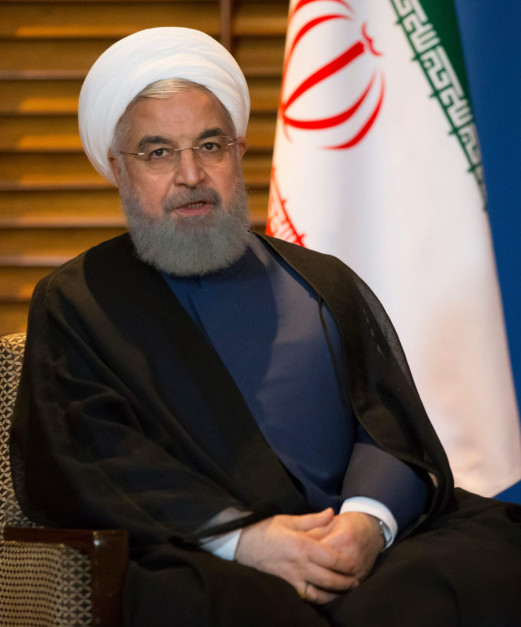
In February of this year, noted American political scientist Francis Fukuyama told a World Government Summit that “in Iran, there has been a social revolution, going on beneath the surface. There is a young population, well-educated women in particular, who do not correspond to the rural, conservative power structure that runs the country. It’s headed towards some kind of explosion”.
According to Fukuyama, two factors are likely to cause this explosion. First, the significant wave of migration from Iran’s rural areas to neighbouring cities as a result of the depletion of water resources triggered by climate change and, consequently, the formation of a large poverty belt in the countryside of large cities. Second, widening fault lines between the younger generations, especially educated women, and the conservative ruling system.
Fukuyama’s speech was delivered shortly after public demonstrations in Iran, which took the country by storm. The protests began on December 28, 2017, spread to more than 80 cities, and continued into 2018.
On June 1, Abbas Abdi, a famous Iranian analyst who lives in Iran, was interviewed about his opinion with regard to Fukuyama’s assertions. In response, Abdi — once a mastermind of the storming and takeover of the United States embassy in Iran in 1979 — maintained that some may argue that Fukuyama is biased because he presented his viewpoints as an invitee of a Gulf country, whose relations with Iran are tense. “However,” he maintained, “this is not a fabricated theory.” Abdi added, “We have to accept this reality that primary institutions such as the [state-owned] media, education system, religion, government and economy have lost their functionality in our society.”
Abdi, who has transformed himself from a radical Islamic student to a mellowed analyst, argued that the “economy is facing a crisis. The government, which is tasked to maintain order in the society, is not clear if it can do so in case social unrests widen. ... We are moving towards a dead-end. Society will not keep silent. It will react.”
Abdi rejected Fukuyama’s argument that the fault line within Iran’s sharply-divided society is formed by the conflict between the educated portion of society and the rural, conservative power structure. Abdi is correct. To be sure, society is fragmented into two hostile factions. Nevertheless, there are highly-educated men and women in both camps. The crisis is in fact a result of a growing and intensifying conflict between conservatism and modernism. The larger problem, however, is that the conservative power structure and its supporters coerce the other portion of society into viewing the world as they do and accepting the values that they believe in. This obviously does not, and cannot, work.
The Iranian revolution, according to its leader, Ayatollah Ruhollah Khomeini, was “the revolution of the barefooted” and “the oppressed”. Central to the discourse of the revolution was the elimination of social and economic injustice and inequality. Yet, almost 40 years since the revolution, income and wealth inequality is widening dramatically.
Fukuyama is correct regarding the ballooning crisis in the countryside of the large cities. A shocking 2015 report on the deplorable living conditions of the so-called Iranian countrysiders (hashieh neshinan) by the semi-official Mehr news agency maintained that they flood to large cities from rural areas in the hope of finding jobs. Because they cannot afford to live in cities, they build their own slums in the settlements around cities. They are deprived of services such as health and education in those settlements. Government news agencies have put the number of countrysiders who live in these slums at 18 million.
Rampant corruption is threatening the whole system. The inevitable consequence of widespread corruption is the highly uneven distribution of wealth and income inequality, while the burden of corruption falls heavily on the poor because they cannot afford to pay bribes.
Since last December, protests and strikes have continued on almost a daily basis. “The previous regime thought monarchical rule would last forever, but it lost everything for this very reason — that it did not hear the criticism of the people,” said Iranian President Hassan Rouhani, in a warning to the Iranian deep state at a ceremony marking the 39th anniversary of the victory of the revolution in Iran and the fall of the Shah on February 11, 1979. The old regime “did not hear the voice of reformers, advisers, scholars, elites and the educated,” Rouhani argued. “It only heard the voice of revolution ... and by then, it was too late.”
Cyrus Namjoo Moghadam is a columnist specialising in Iranian issues.








